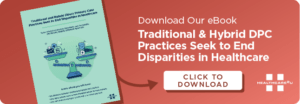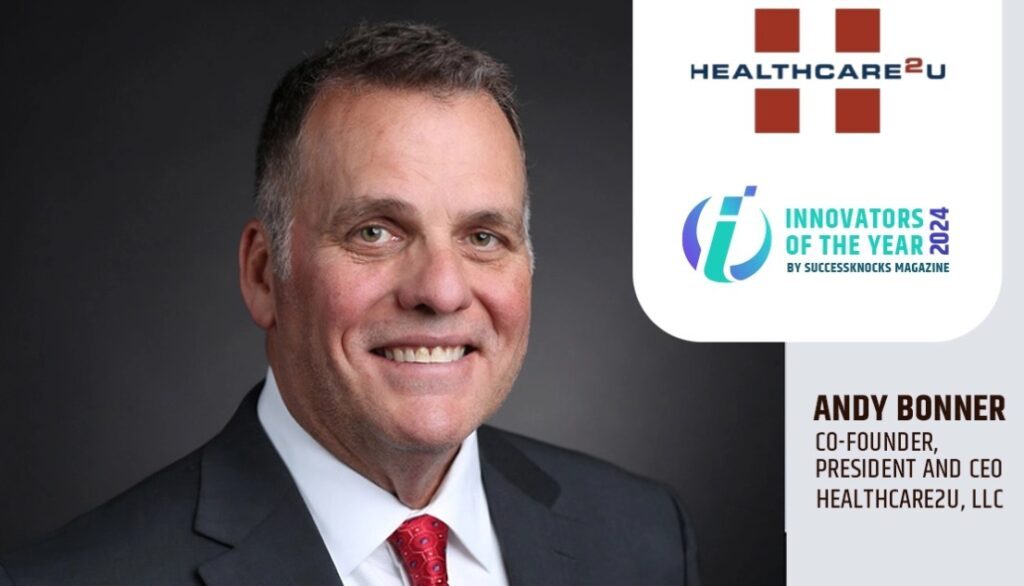A Slightly Different Approach to Providing Affordable and Accessible Healthcare
Concierge medical care in the U.S. used to be an exclusive club for the wealthy. Members would pay their doctor a substantial annual membership fee, an estimated $1,500 to $2,400, for services such as same-day visits, 24/7 cellphone access to their doctor, health advice, and annual physicals.
While this model works well to keep patients in optimal health, the price makes it inaccessible to the masses. In 2018, 40 percent of American households earned less than $50,000 per year, and that’s not per person. That’s $50,000 per four-person household. Low wages plus no benefits leave many Americans feeling left out in the cold when it comes to healthcare.
According to the Bureau of Labor Statistics, 69 percent of low-wage workers do not receive paid sick leave benefits, perpetuating essential care avoidance. With earnings so low they can’t afford to take unpaid time off when ill, many keep working and expose other people to illness in the process. In situations like these, access to primary care and telehealth become extremely meaningful. Direct primary care’s evolution made the model a cost-effective solution to make healthcare more accessible to everyone.
Direct Primary Care (DPC) is practiced in the U.S. through two approaches: traditional and hybrid practices. While there have been many debates based on which model is better, there is a place for both to improve doctors’ quality of life and the quality of care for their patients. Here we’ll examine the benefits of direct primary care for employers and their employees.
A Win for Patients
Having traditional or hybrid direct primary care means there are no longer barriers to quality primary care. For an affordable monthly fee, patients can establish a relationship with a primary care provider to promote wellness in the long term.
Each provider has its list of services and prices, but some of the benefits of DPC membership include:
- Unlimited doctor visits for a small fee or for free
- Early-stage chronic disease management
- 24/7/365 access to a physician via in-office or over-the-phone
It’s helpful to have health insurance for catastrophic life events but being able to see the doctor when you’re ill without having to pay expensive deductibles or copays is one of the reasons people love DPC.
A Win for Employers
Direct Primary Care protects employers’ health plans by diverting claims for acute care, chronic disease management, and urgent care away from their health plans. Milliman, Inc — one of the nation’s leading independent actuary firms — recently published a study called “Direct Primary Care: Evaluating a New Model of Delivery and Financing.” They found that DPC members visited emergency rooms 40 percent less over the course of two years. They also reported that DPC members were admitted to the hospital 26 percent less over that same two-year period.
The report estimated that DPC saved the employers in their study about 5 percent of total non-administrative plan costs; effectively providing employers a benefit that is more than paid for by the savings it helps them generate. For a small business, savings like this can mean the difference between living to fight another day, having to lay off employees, or even worse, being forced to shut down.
Adding direct primary care to health plans does not detract from other plan offerings—it enhances them. DPC is also straightforward to implement. With DPC providers like Healthcare2U, employers can maintain a healthier workforce with flexible enrollment options, excellent customer support, and a customized benefits platform that works with existing carriers.
Contact Healthcare2U
Traditional DPC practices and hybrid DPC providers are all working together to ensure people of all socioeconomic backgrounds can get the healthcare they need to live happier and healthier lives. If you’d like more information about access to affordable and convenient healthcare, contact Healthcare2U.








